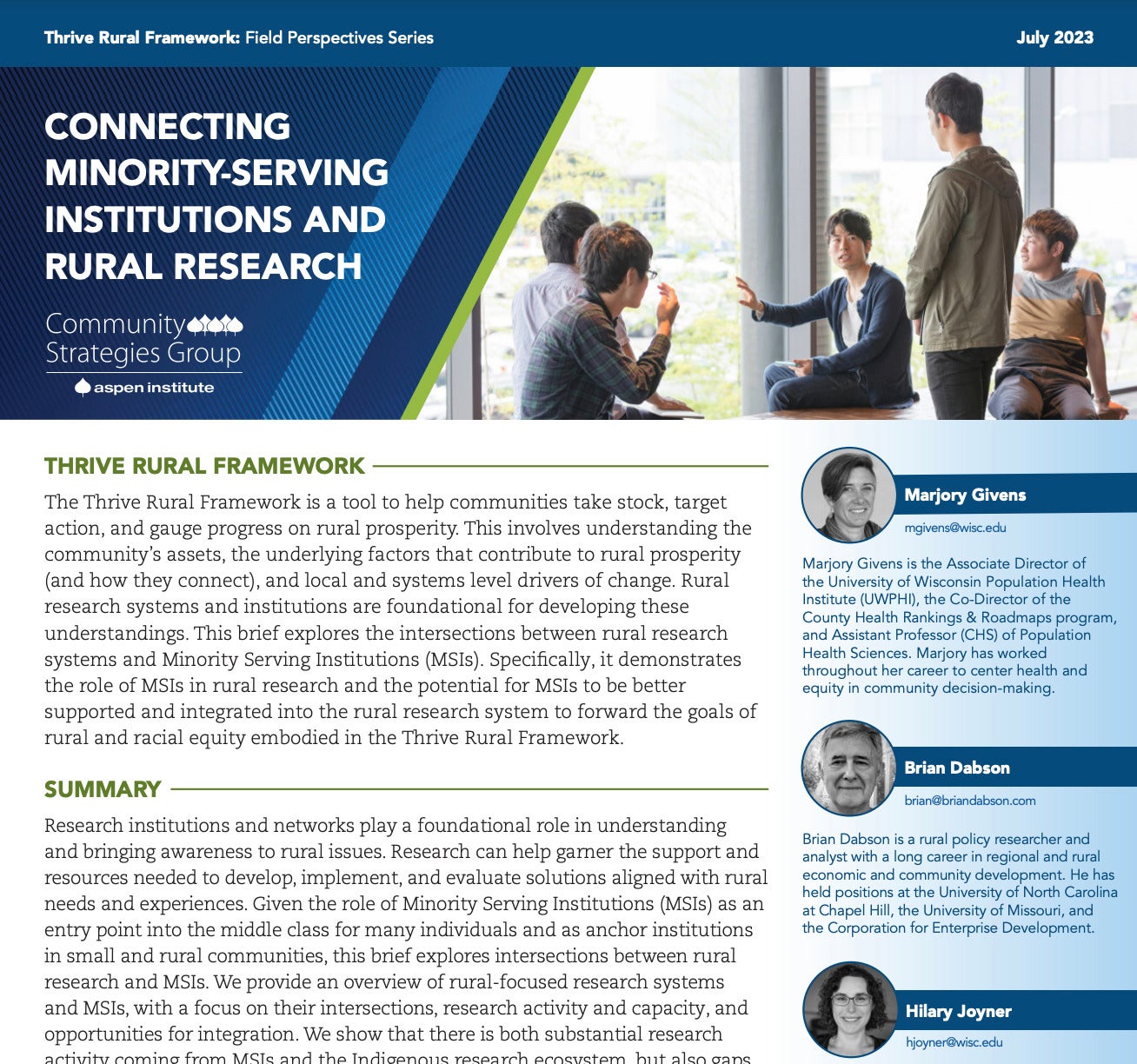Let’s just come out and say it: college debt is a cancer on our national health.
As noted in a recent report from The Aspen Institute’s EPIC program, college debt undermines the financial security of millions of American households. It’s a major drag on our economy. Loan payments crowd out private savings and broader investment. They decrease opportunities such as home ownership and entrepreneurship. Some 44 million Americans have their economic participation limited by their need to pay off student loans. In fact, it’s a financial sickness that’s making us physically and mentally ill, with all the lost productivity that entails.
As a metaphor, college-debt-as-illness only really breaks down when we consider that one never chooses to get cancer, and all college debt (at least on its surface) is accumulated in a completely voluntary way. Because of that fact, many people look upon it as a moral as well as a financial debt — college is a path chosen, and with it all the associated consequences.
But perhaps, if we can find the cure for college debt, we won’t be able to judge those who contract it.
This spring, the Expanding Prosperity Impact Collaborative (EPIC), an initiative of the Aspen Institute Financial Security Program, released a study on ways to help those with student loan debt to eliminate some portion of their federal student loans. Titled Student Loan Cancellation: Assessing Strategies to Boost Financial Security and Economic Growth, it examined sixteen routes to shrinking the malignancy. The approaches could be grouped into four categories:
- Major reforms to Income-Driven Repayment (IDR) plans, particularly automatic enrollment and expanded eligibility
- Targeted cancellation of federal student loan debt held by borrowers whose student loans are most likely to undermine their financial security (such as low-income debtors)
- Cancellation of federal student debt capped at $10,000– $50,000 per borrower
- Full cancellation of all student debt
The pros and cons (and charts and graphs) of each approach are spelled out in the document. They’re required reading for anyone with an interest in higher education, education policy, or the greater health of our economy.

